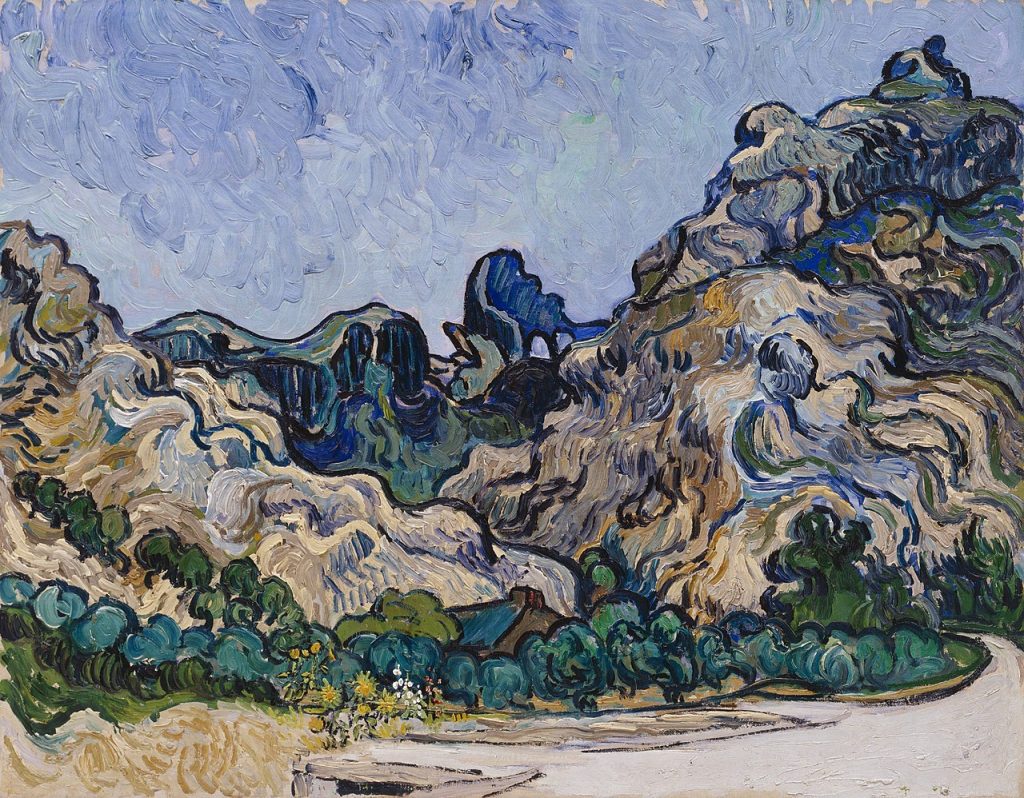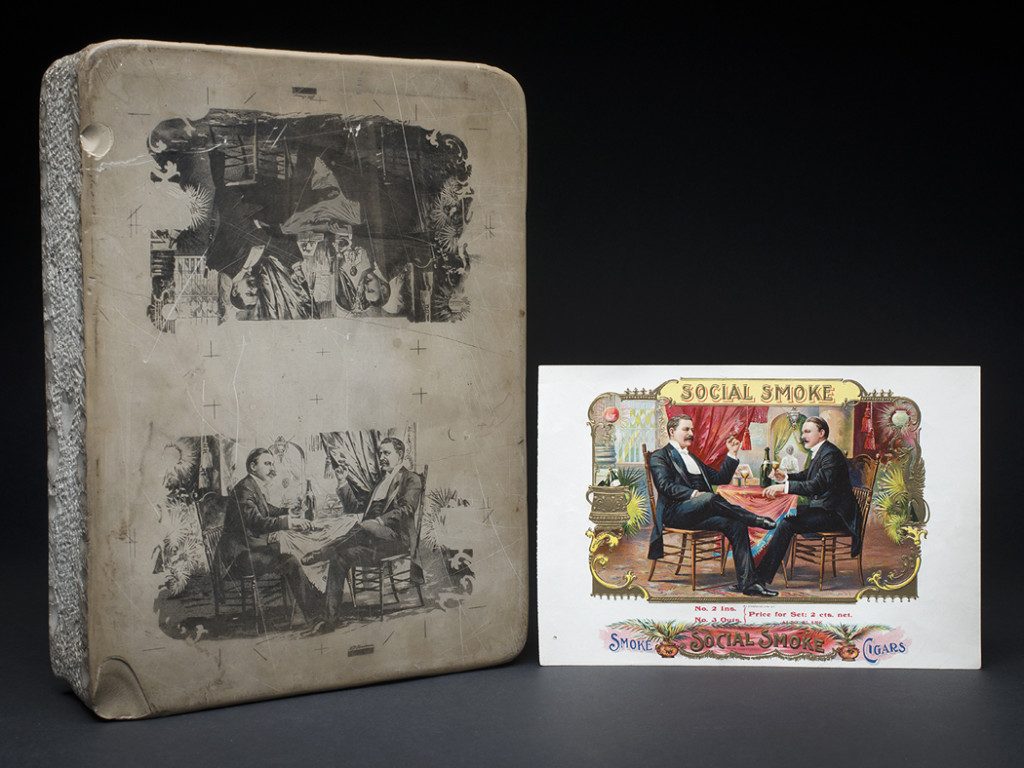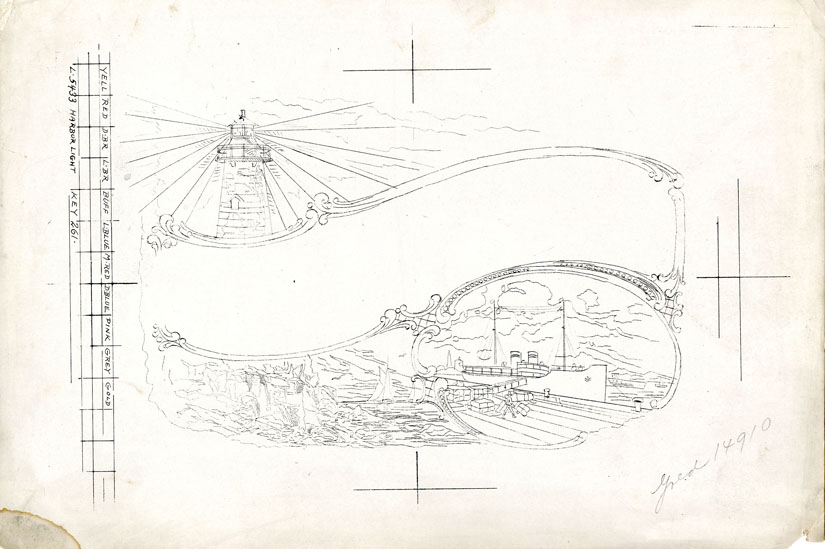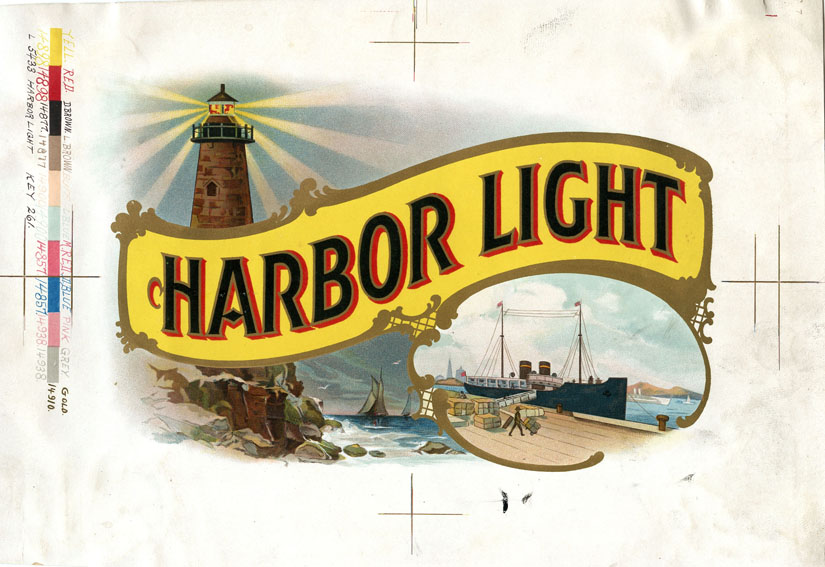Before WWI the Expressionist movement was beginning to spread throughout the arts. However, because of Hitler’s distaste and renouncing of modern art, the Expressionist movement was quickly snuffed out in Europe and the derogatory term “Degenerate Art” was placed onto these artworks.
WHAT IS EXPRESSIONISM?
Expressionism began in 1905 because of four architect students in Germany by the names of Ernst Ludwig Kirchner, Fritz Bleyl, Erich Heckel, and Karl Schmidt Rottluff. The four of them wanted a new style of art to express themselves, including their dissatisfaction with the bourgeoisie and their desire for individuality. Expressionism reflected the artists inner feelings through abstract and exaggerated imagery with unrealistic colours and distortion. It was heavily inspired by the works of Vincent van Gogh, Edvard Munch, and James Ensor.
EXPRESSIONIST ARTISTS
The Expressionist movement was filled with artists who explored their abstract emotions through art. They expressed their anxiety and their desires through distorted and unrealistic imagery, often using distorted human figures.
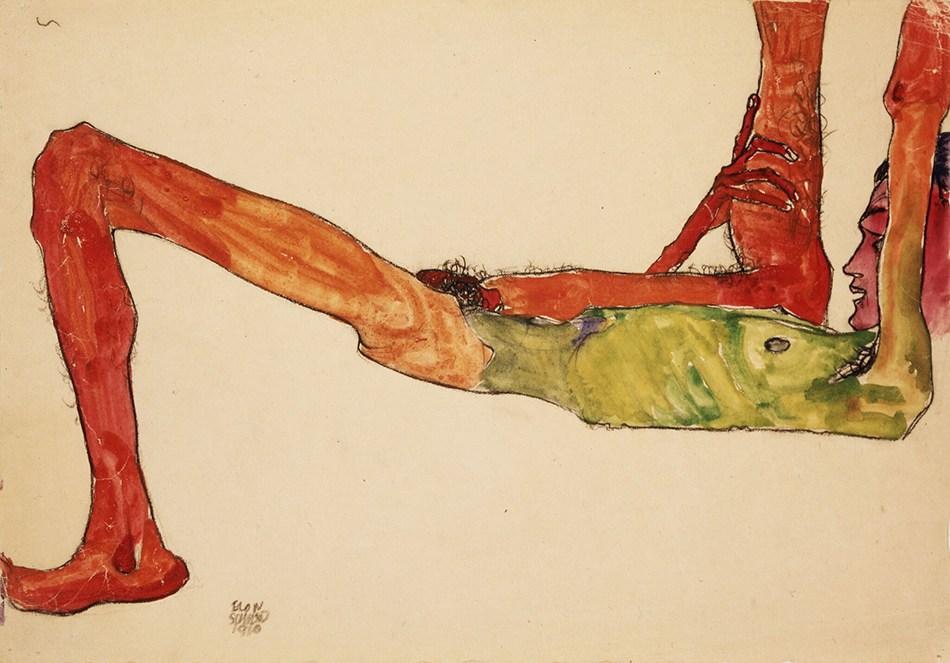
Egon Schiele was an Austrian artist who painted nude self portraits with elongated proportions. His work was often intense and sexual.
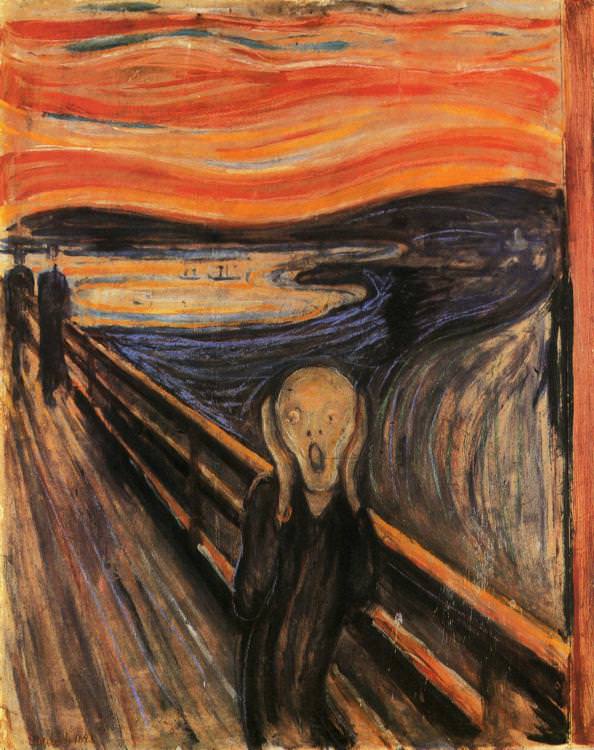
Edvard Munch was a Norwegian painter who painted anxious and fearful portraits depicting his own worries.
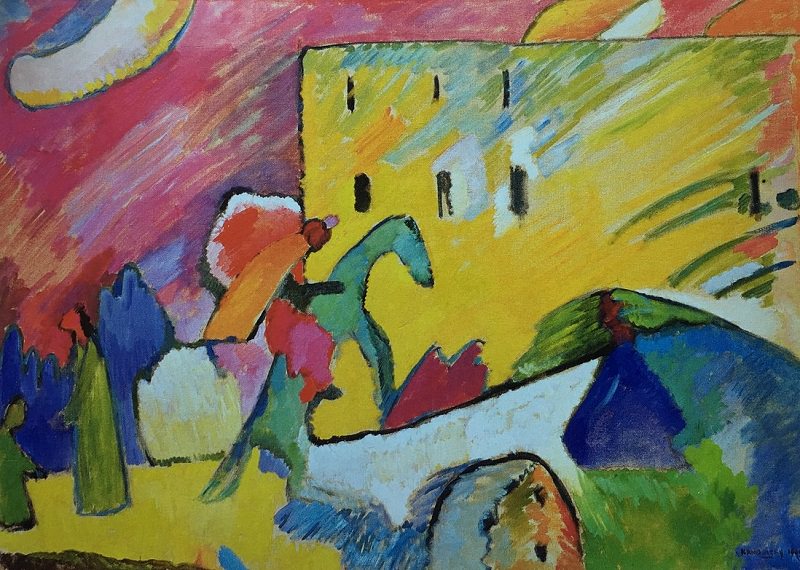
Wassily Kandinsky was a Russian painter who focused on expressing music through colourful and abstract landscapes.
HOW DID IT BECOME DEGENERATE ART?
As Hitler rose to power, he began to eliminate and condemn anything opposing his Nazi ideas. This included controlling the art that was accepted by the general public of Germany. He and his party organized an art exhibit in 1937 called “Degenerate Art” which showed many examples of expressionist art. This alienated and demonized the artists who created these images, causing many of them to flee Europe in fear. This caused the end of the main era of the Expressionist movement.


